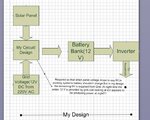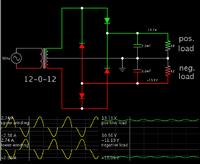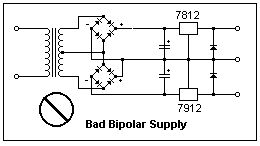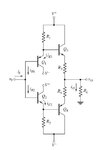rahdirs
Advanced Member level 1

 Hi everyone,
Hi everyone,At the output of my circuit i have an opamp that gives out 12V & 10mA,but the next stage that my circuit drives needs 12V & 5A,how do i provide this current amplification.
Thought of using buffer circuit so that output impedance is low increasing current,but it didn't work.
Used IC 741 as Voltage follower for buffer circuit
Regards,
rahdirs
Last edited:





